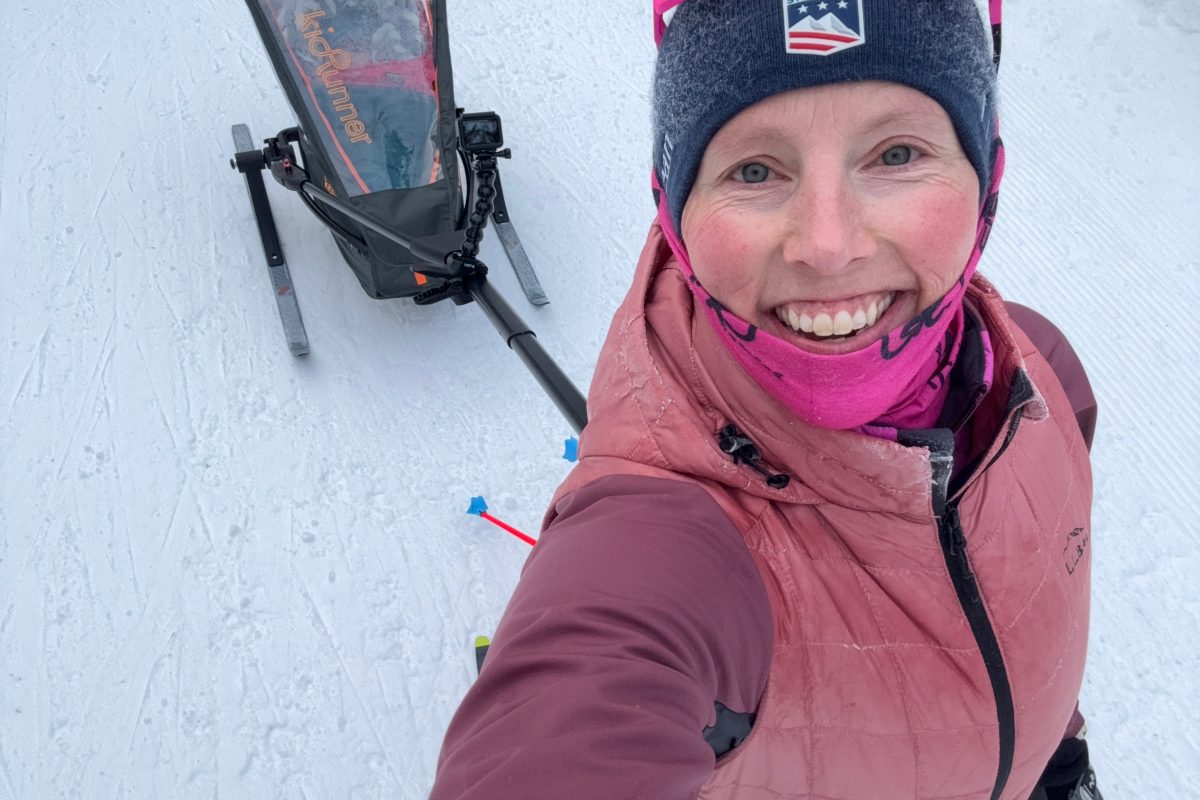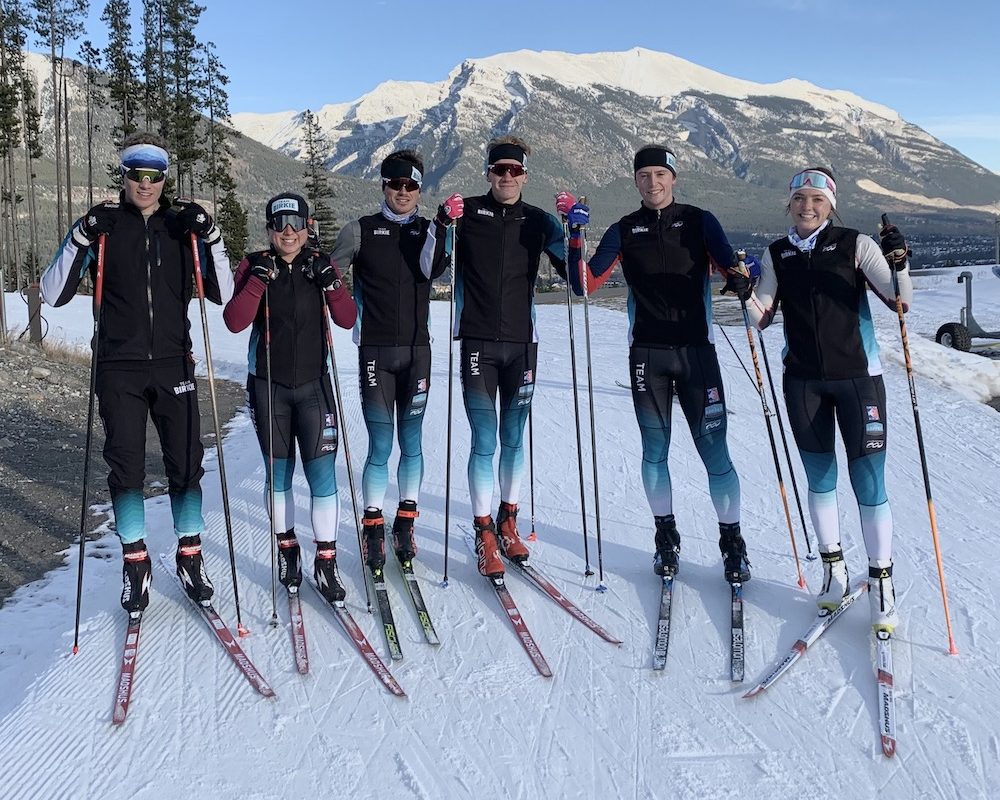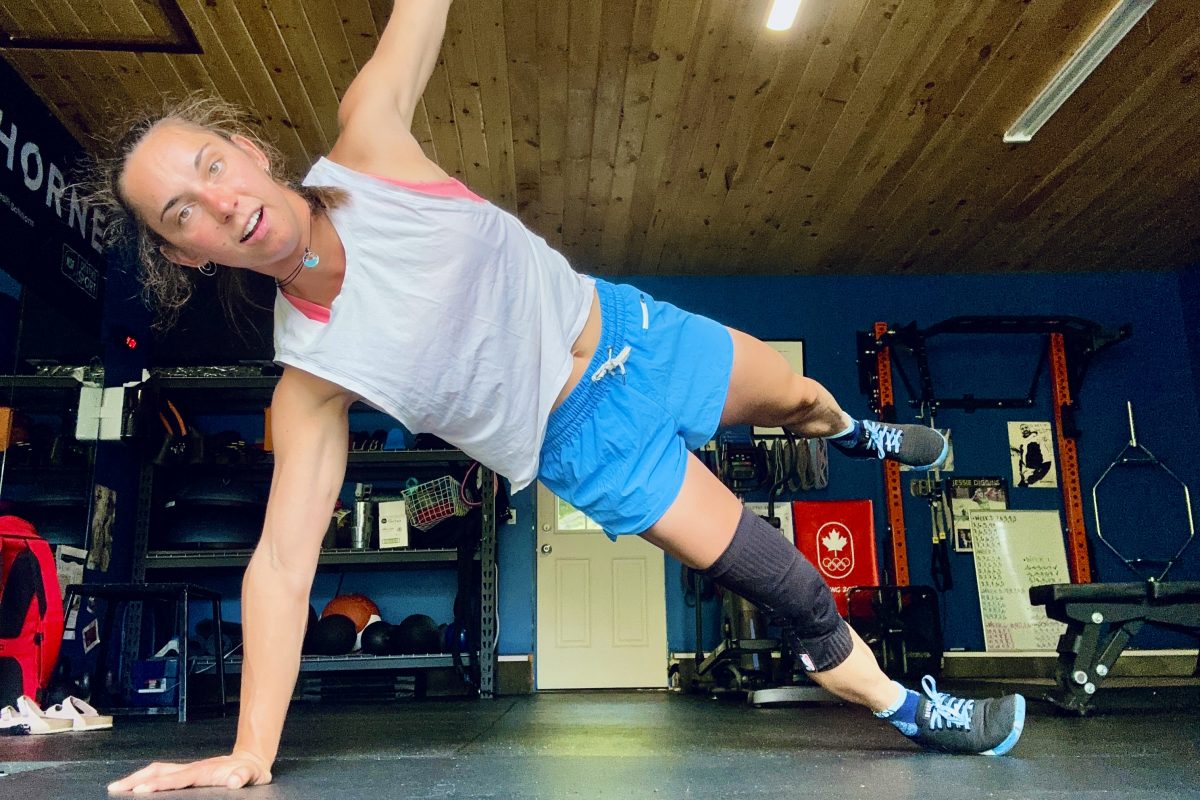Many elite athletes have used some form of altitude or hypoxic training to prepare for elite level competition. Likewise, many national level, elite, and recreational skiers are heading to moderate altitudes to train this fall and find early snow. Sovereign Lake race trails on Silver Star Mountain in British Columbia are at about 1600 m, West Yellowstone town is at 2030 m, and later this season some masters will compete at 1530 m in McCall, Idaho at the World Masters. I thought some information about altitude / hypoxic training would be pertinent. Important in this are strategies for “going up†to race or train.
The FIS legal limit for races is set at 1700 m, and race trails at Sovereign Lake trails are considered to be at altitude, while West Yellowstone is above FIS guidelines.
Altitude Training Strategies
There are a variety of altitude training strategies intended to temporarily boost athletic performance. The training plans that have been used over the years can primarily be divided into two categories:
- Live High — Train High
- Live High — Train Low
These two approaches can be implemented naturally, and also with the aid of hypoxic tents, and in some cases supplemental oxygen. Each method has specific benefits, but it’s important to note that each strategy takes time.
In the 1980’s I used the old “live high – train high†(LH-TH) approach to prepare for competition. Though this is a useful method of preparing for high altitude competitions, the efficacy of this approach to improve lower altitude performance has not been demonstrated. The 4% increase in VO2max that is typical with an effective altitude training program would not have translated into an improvement in performance at lower altitudes. In fact I may have detrained (Wilber, 2007). ‘Live and burn’, as they say!
Drs. Stray-Gunderson and Levine popularized the “live high – train low†(LH-TL) approach in the 90’s, and variations of this approach, have been used for years (Wilber, 2007). The live high part may cause an increase in naturally occurring EPO and a resultant increase in red blood cell (RBC) volume. It appears that in addition to increasing RBC volume, exposure over a period of time to a hypoxic environment may also improve exercise efficiency through improved intracellular bioenergetics and mitochondrial function and / or better muscle pH regulation and buffer capacity.
So maybe I did get some other benefits while training at altitude as a youngster! The train low part of the formula replicates sea-level intensity and oxygen flux to induce metabolic and neuromuscular adaptations to the exercise.
 and train at lower altitudes </p>
<p>2. <i>Hypoxic tents</i> (normobaric at 2000-4000 m sleeping environments using oxygen filtration technology) and train at lower altitudes </p>
<p>3. <i>Live high</i> — train low using supplemental oxygen. </p>
<p>Using “natural altitude†the optimal altitude to live high is 2000-2500 meters, for 22 hrs/day, and over a span of 28 days, while completing daily workouts at 1250 meters. This protocol has been shown to effectively improve sea-level performance (Wilber et al., 2007). Obviously, to see a 1-2% performance improvement at sea level takes considerable time and effort! Many elite athletes have this kind of time, but most of us masters and some elite athletes are more time-limited with jobs and families. </p>
<p>Many athletes now use hypoxic tents. However, research has found that less than 8-10 hours / day in a tent is insufficient to stimulate erythropoiesis. A daily simulated altitude of 12-16 hours appears sufficient in most athletes, provided the simulated altitude is 2500-3000 m (Wilber et al). Most athletes I know using tents do not appear to spend enough hours per day in their tent to create the optimal effect. 12-16 hours per day?… I hope you have a lot of books to read! <i>Job? What job?</i> </p>
<p>The <i>“live high — train with supplemental oxygenâ€</i> strategy still requires that the athlete has access to high altitude, or a tent. Training with supplemental oxygen is a whole long story by itself, so I won’t dwell on this.</p>
<p><b>Movin’ On Up</b><br />
With a bit of background information covered, let’s discuss how the altitude will affect you as you go up to higher altitudes to train this fall. </p>
<p>There are effects of ascent to altitude that require a period of acclimatization. If you’re heading for the “Thanksgiving Week Training Campâ€, you will just not be at altitude long enough to get the RBC volume increases that elite athletes look for in order to improve their performances. But you will be <i>starting</i> the acclimatization process during your stay. And it’s a safe bet that you won’t be staying at altitude, and dropping down to roller ski (or snow ski) at lower elevation. You are there to ski or even race! In addition, elevations below 1780 meters (Silver Star mountain) may be too low for effective acclimatization and stimulation of a significant and sustained erythropoetic response anyway…. but you may experience the negative side effects of hypoxia. </p>
<p>When you first “go up†in altitude a number of compensatory mechanisms occur. Hypoxia stimulates hormonal and autonomic nervous system adjustments at altitude (Mazzeo & Fulco, 2006). Your heart rate will be faster due to the release of epinephrine. This lifts cardiac output to maintain a similar level of oxygen transport to muscles. These increases in HR and cardiac output are mitigated over time at altitude. As your arterial oxygenation improves with acclimatization, epinephrine levels decline and HR’s drop, and so does cardiac output. </p>
<p><center><img decoding=) www.ultratune.net).
www.ultratune.net).
References:
Gore, C. J., Clark, S. A. Sauders, P. U. (2007). Nonhematological mechanisms of improved sea-level performance after hypoxic exposure. Medicine & Science in Sports & Exercise. 39(9), 1600-1609.
Mazzeo, R. S., Fulco, C. S. Physiological systems and their responses to conditions of hypoxia. In C. M. Tipton (Ed.), ACSM’s Advanced Exercise Physiology (pp. 565-580). Philadelphia: Lippincott Williams & Wilkins.
Wagner, P. D., Lundby, C. (2007). The lactate paradox: does acclimatization to high altitude affect blood lactate during exercise? Medicine & Science in Sports &
Exercise. 39(5), 749-755.
Wilber, R. L. (2007). Application of altitude/hypoxic training by elite athletes. Medicine & Science in Sports & Exercise. 39(9), 1590-1999.
Wilber, R. L., Stray-Gunderson, J., Levine, B. (2007). Effect of hypoxic dose on physiological responses and sea-level performance. Medicine & Science in Sports & Exercise. 39(9), 1590-1999.
 /a.
/a.



